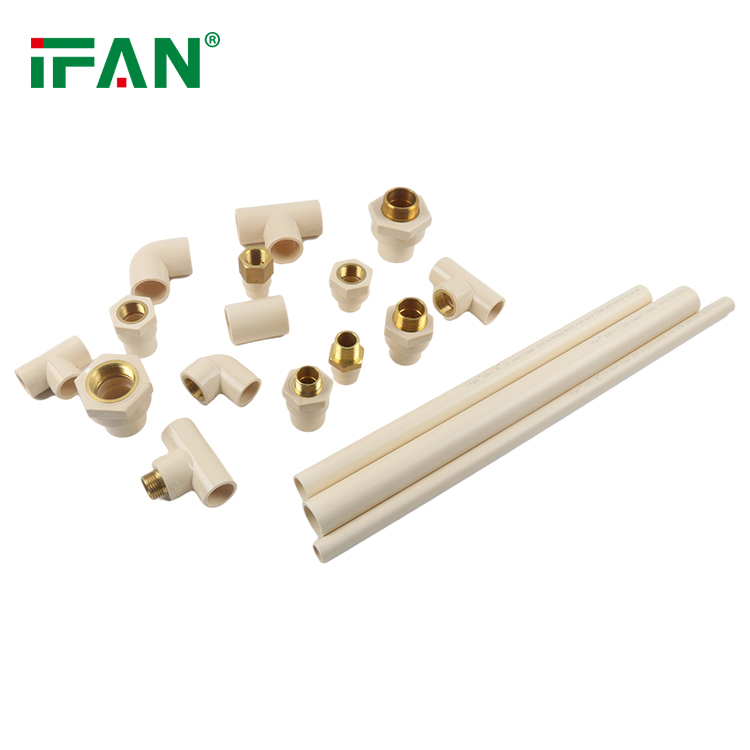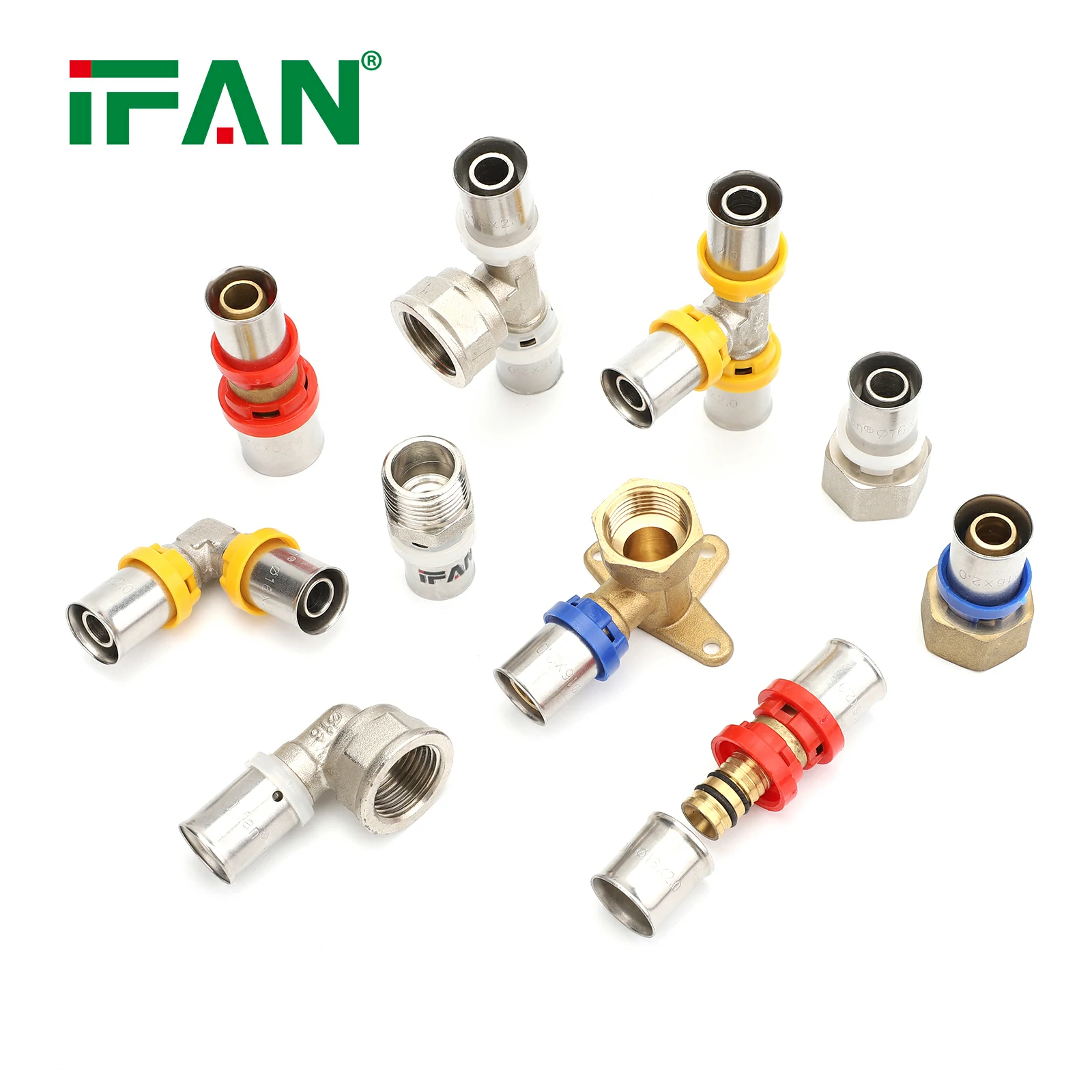Can I use SharkBite on CPVC?
SharkBite fittings are primarily designed for use with PEX (cross-linked polyethylene), copper, and CPVC (chlorinated polyvinyl chloride) pipes. When it comes to CPVC, SharkBite fittings can be used, provided that they are specifically designed and labeled for CPVC compatibility. Here are some important considerations:
1. Compatibility: Ensure that the SharkBite fittings you intend to use are explicitly certified and labeled for use with CPVC pipes. Using fittings not specifically designed for CPVC can result in leaks or failures.
2. CPVC Size: Ensure that the SharkBite fittings are available in the appropriate size for your CPVC pipes. SharkBite fittings typically come in various sizes to accommodate different pipe dimensions.
3. Installation: Proper installation techniques should be followed when using SharkBite fittings with CPVC pipes. Follow the manufacturer’s instructions for correct insertion depth, alignment, and any additional steps required for a secure connection.
4. Local Codes and Regulations: Verify that the use of SharkBite fittings with CPVC pipes is in compliance with local building codes and regulations. Different regions may have specific requirements regarding the use of specific fittings and connection methods.
It is important to note that while SharkBite fittings provide convenience and ease of installation, it is still recommended to consult with plumbing professionals or experts to ensure the appropriateness of using SharkBite fittings with CPVC pipes in your specific application.







